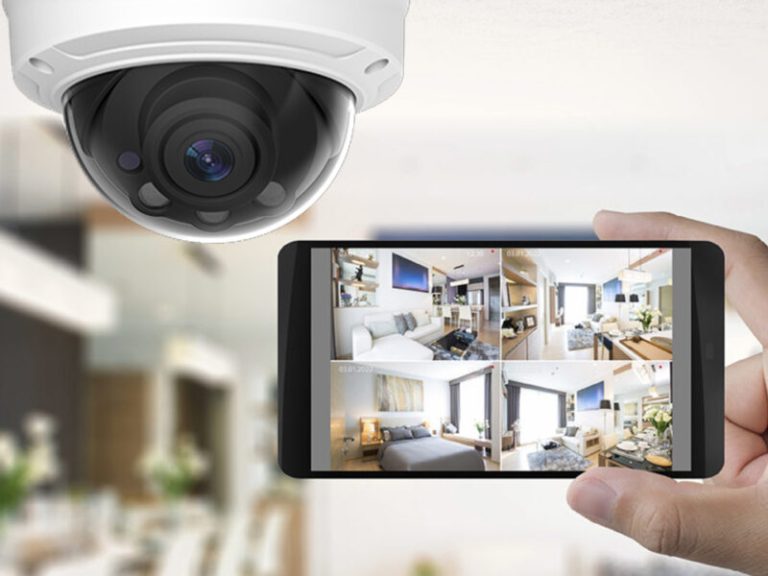Enhancing Comfort and Productivity: The Role of Lighting and Acoustics in Office Design

Imagine stepping into an office that just feels right – where the lighting soothes your senses and the sound helps to improve your concentration. It’s not just about the visual appeal; it’s about creating environments where employees can thrive. For business owners, understanding the impact of light and sound on office interiors is not just about looks. It’s a strategic move to boost comfort and productivity. We’re about to unravel the secrets of effective office design. It marries form with function. Such design creates spaces where efficiency grows and well-being is nurtured.
The importance of lighting in office interiors
The debate between natural and artificial lighting in office environments is pivotal. However, more and more research shows that natural light is better for both physical and mental health. Natural light not only enhances the look of a workspace but also impacts productivity and employee satisfaction. Studies have shown that exposure to natural light at work improves mood. It also reduces eye strain and boosts alertness. This can mean enhancing overall work performance. Reliance on artificial lighting, especially fluorescent lights, can lead to increased fatigue, stress and even affect circadian rhythms. This means that it could lead to disrupted sleep patterns among employees.
Also Read – Damar Hamlin Net Worth: How Much Does the Bills Safety Make?
The psychological benefits of natural lighting in an office setting cannot be overstated. It has a direct impact on the production of serotonin, a mood-enhancing chemical in the brain. It reduces depression and anxiety. It makes employees feel more energized and positive all day. Natural light is also linked to less absenteeism. It also significantly reduces reports of headaches and drowsiness. This evidence makes a strong case for business owners. They should design office spaces to use natural light well. It boosts productivity and creates a healthier work environment. This environment supports employees’ mental health and well-being.
The Science of Acoustics in the Workplace
Acoustics is critical to shaping the workplace. It directly impacts employee productivity, satisfaction, and well-being. Sound within an office can energize or drain. Noise pollution is a key barrier to focus and efficiency. Acoustic design in the workplace focuses on reducing unwanted noise. It also aims to improve sound for communication and concentration. Businesses can create balanced spaces by adding sound-absorbing materials. They can also use layouts to reduce noise travel and employ sound masking. These interventions reduce distractions. This lowers stress levels and helps team members communicate clearly. This leads to a more productive and harmonious office.
Understanding the nuances of how sound interacts with physical spaces allows for creating work environments. They support thinking and reduce ear tiredness. For example, quiet zones and soundproof meeting rooms offer employees a sanctuary. They are for focused work or confidential discussions, away from the office’s noise. Also, good acoustics have psychological effects. They go beyond just reducing noise. They add to a sense of privacy and personal space, even in open-plan offices. This boosts job satisfaction and employee retention. People use acoustic science in office design on purpose. It shows the need for a complete approach to well-being at work. This approach combines the physical and the psychological to make spaces that look good and feel good.
Innovations in Lighting and Acoustic Design
Office design is always changing. Innovations in lighting and acoustics add a lot to keep up with. Smart lighting systems are one of the most exciting advancements in lighting technology. These can adjust to natural light levels and individual preferences to reduce energy consumption while enhancing employee comfort. These systems use sensors to adapt the lighting based on the time of day and occupancy. Doing this provides lighting conditions that can improve focus and reduce eye strain. Also, biophilic design principles incorporate natural elements into the workplace. They have brought the use of dynamic lighting systems. These systems mimic the sun’s light patterns. They further support circadian rhythms and well-being.
In terms of acoustics, sound masking and new materials are changing how we think about sound in open offices. Sound masking systems emit a subtle, background noise. It’s designed to mask distracting sounds and conversations. This enhances speech privacy and concentration. Also, new materials and designs help too. These include modular acoustic panels and movable, sound-absorbing partitions. They offer flexible options for managing acoustics. These materials reduce noise pollution. They also add to the look and feel of the office. These changes in lighting and acoustics set new standards for office environments. They focus on the health, comfort, and productivity of their occupants. They pave the way for workspaces that adapt to the needs of their users in smart and sustainable ways.
Implementing Changes in Your Office Space
Upgrading lighting and acoustics in an office needs a strategy. It blends new tech with smart design to improve the work environment. One of the easiest ways to do this is to hire a specialised office design and interior company. These companies are experts at evaluating the existing lighting and sound of a workspace. They create custom solutions that fit the unique needs of the business. They can find areas for improvement in an audit. This might mean adding energy-efficient smart lights. These adjust to natural light. Or it might mean adding acoustic panels and sound-masking tech to cut noise. Their experience in project management ensures that these upgrades cause little disruption. They will help make the transition to a better office smooth.
Also, a professional office design and interiors company can offer key insights into the latest trends and materials. They ensure that upgrades improve function and add to the style and culture of the company. They consider factors like employee workflow, space use, and the impact of design. They create an office that supports well-being and boosts productivity. They optimize the layout to maximize natural light penetration. They also select furnishings that complement acoustic improvements. Their approach ensures that every part of the office design fits with the company’s goals. It helps them navigate the complexities of lighting and acoustic upgrades. This ensures that the outcome is practical and inspiring.






